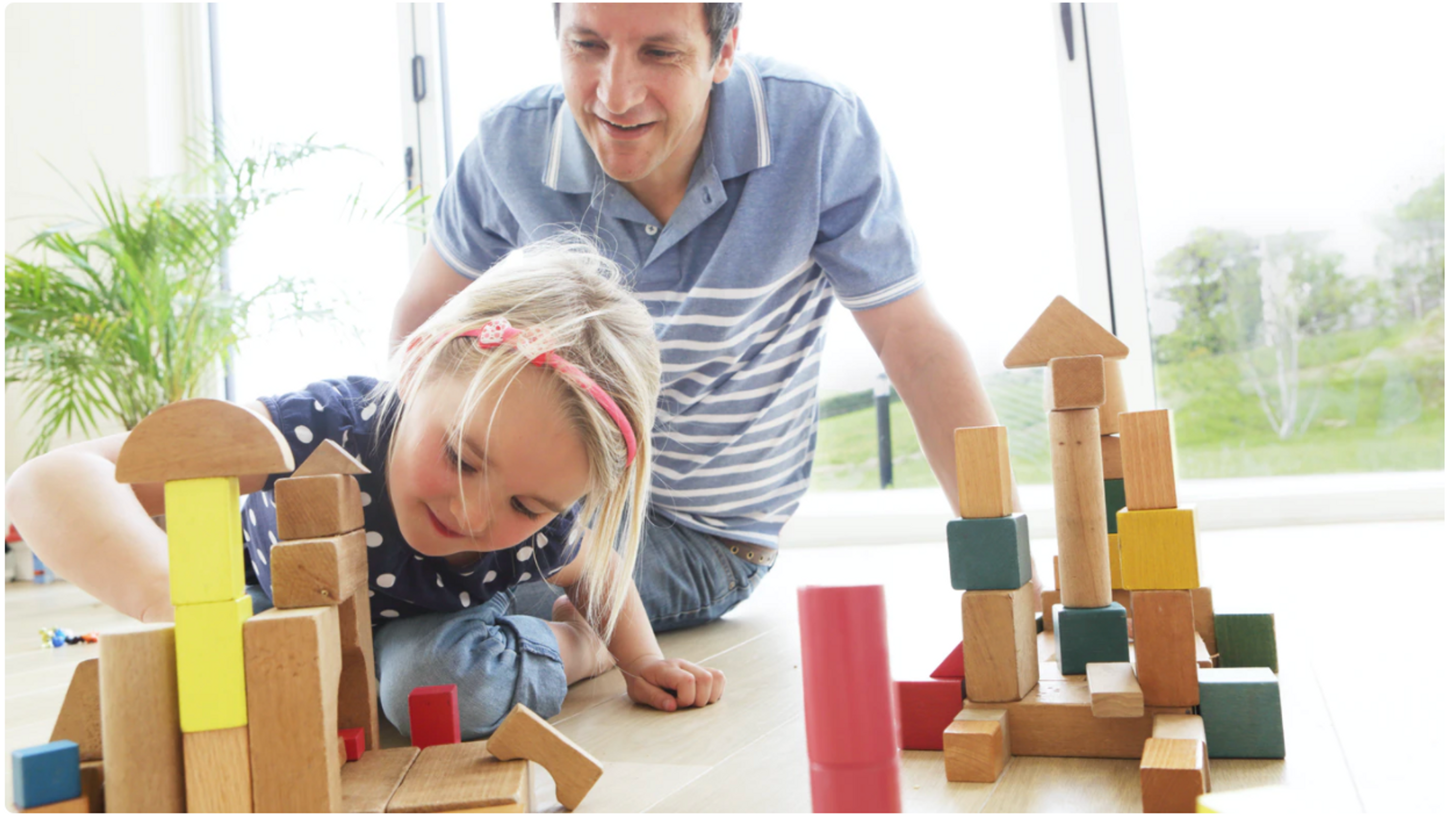Family Framework: Get Started With Activity Planning
Learn how to properly plan at-home Montessori activities using the Guidepost Family Framework
The Guidepost Team
Now that you have built your family's framework – laying the foundation of structure and order with a personalized routine and prepared home space – you might be eager to jump right into activity planning. Under the Montessori philosophy, it will be important to first distinguish the difference between "busy work" and "meaningful work," the latter of which is what will better meet children where they are in their development. Our guides have outlined key tips to support your planning:
Choose Meaningful Work, Not Busy Work
Maria Montessori advises Montessori guides that, “The environment must be rich in motives which lend interest to activity and invite the child to conduct his own experiences.” We know what sorts of activities populate the school environment setting, and the same care can and must be brought towards activities in the home. Why? The child’s development is not arrested during this period of isolation, and, for them, we need to ensure that we are providing activities that will continue to support the child’s growth. This does not only mean academics! This means nurturing your child’s concentration, independence, and confidence, in other ways as well. Secondly, you need to complete your adult responsibilities, look after other children, and take care of your own needs!
The best way to accomplish both these goals is to engage your child in meaningful, satisfying work. This “work” is what will help your child become what we call in Montessori a “normalized” child. Maria Montessori used this term because she believed that any child had the potential and even the desire to be peaceful, self-motivated, independent, curious, and happy.
A child can center herself in this way with activities that are meaningful and that let her feel a sense of efficacy. Children are not so different from adults in this regard. Montessori work is an activity that is an attainable challenge; it should be something of a stretch for your child, but not impossible; engages both the mind and the body; provides both physical movement and intellectual stimulation. The activity should also be real and have purpose, value to your child.
Also see one parent's story on discovering the difference between busy work and meaningful work here.
Find Time to Prepare Ahead
To create a day full of meaningful engagement, it’s important to take a little extra time out of your day to do some pre-thinking and preparation. It will take a slightly more time initially, and less and less as time goes on.
Download our free Weekly Planning Templates here:
- Template for younger children.
- Template for older children. *The difference between the two templates is on page 2. Older children may want to participate in selecting their activities for the day and checking off their progress. This itself is valuable by giving the child a sense of agency and ownership over his or her day, as well as teaching organizational skills. Our experience is that children start to become more interested in checking off their progress around 4.5 years of age.
Tips for Implementation:
- When you plan an activity, set it up ahead of time as self-contained kits so that everything your child needs to complete the activity is within the one tray or basket, or next to each other on the shelf.
- You will need to show your child how to work with the activity.
- Create additional challenges with existing activities and brainstorm ways you can re-engage your child in tried and true favorites.
- Some of the activities can be left out all week (or longer).
- The second page of our templates is optional. Feel free to use it if it is helpful to plan daily, or for your older child if they enjoy checking off their progress. If using with an older child, we recommend crossing off the previous days and only having the latest day filled in so they know which day’s plan to follow.
Your Role: Guide, Observe and Reflect
Your child can spend as long as needed on a particular activity, and there is no ultimate goal as to how many activities to complete in a day. At the end of the week, take a moment to reflect:
- Which activities did my child enjoy and repeat? Leave those out for the following week.
- Which activities did my child ignore? Replace them with a new activity or keep it out to see if your child needs more time with it.
Pro Tips:
- In Montessori, the emphasis on Practical Life weighs more heavily on the word “life” than on the word “practical.” Children do not prioritize efficiency the way adults do—they are process oriented, not result oriented. So, give them real things to do and let go of the need to get it done!
- Don't forget that your child is capable of cleaning up after themselves! You must deliberately show your child how to do so – whether that means placing dirty dishes on the counter or simply putting things away in the box and on the shelf.
- Developmentally-appropriate activities in Montessori promote independence, but that does not mean that your child should be able to do every activity without you. You can expect independence to grow only when you invest time to show your children how to help themselves. Some of our activities require higher levels of parent engagement for purposeful reasons, too, as this connection will actually further promote independence. Quality time with your child lessens their need to be clingy at other less convenient times. Part of learning is how to be what Maria Montessori called a “citizen of the world” is by spending time with adults—and right now, they are learning that mostly from you.
Free Sample Activity Plans
Free Activity Banks
Curate your own from our online banks here.
The Guidepost Team
The Guidepost Team is a group of writers and educators dedicated to helping demystify all things Montessori.
Sign up for our newsletter
Get started with our community today! Sign up for resources.


